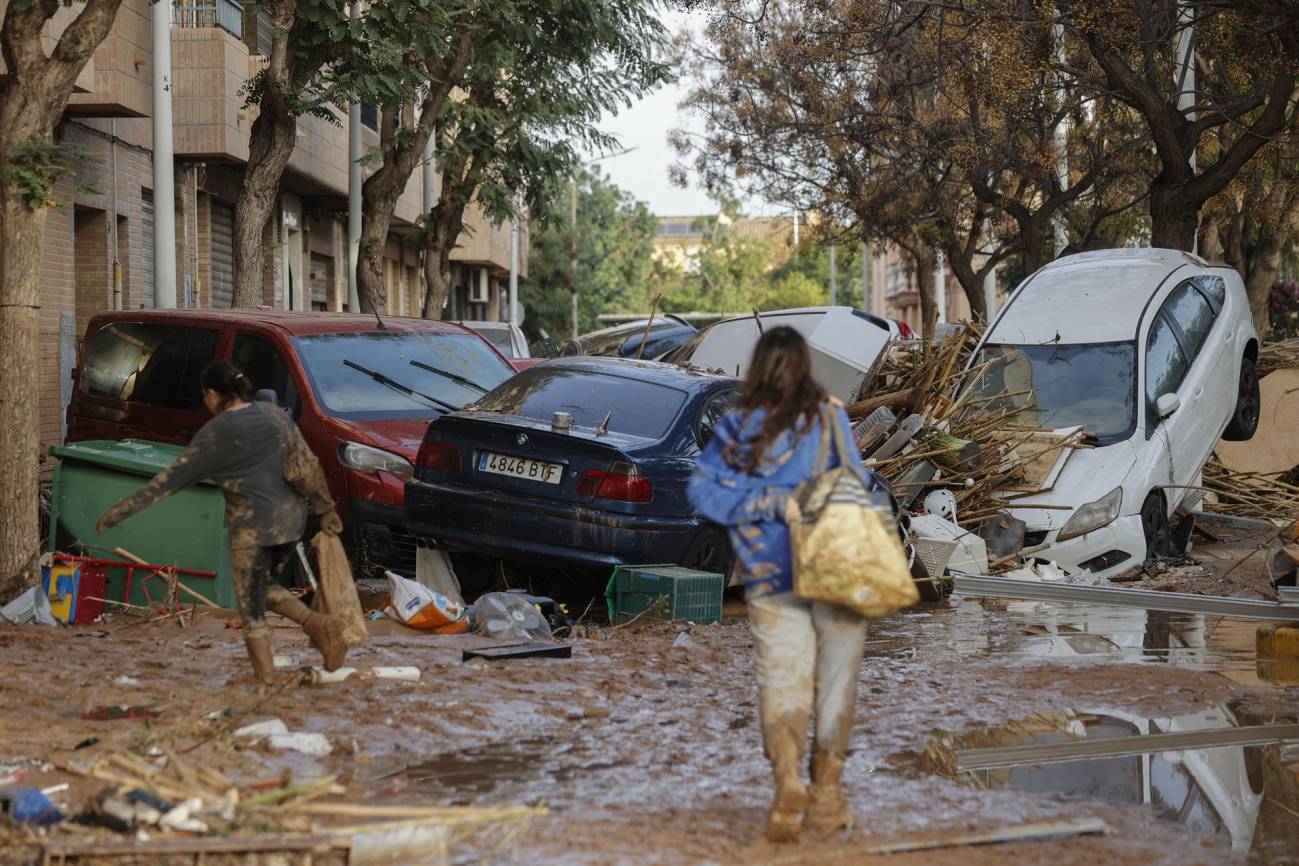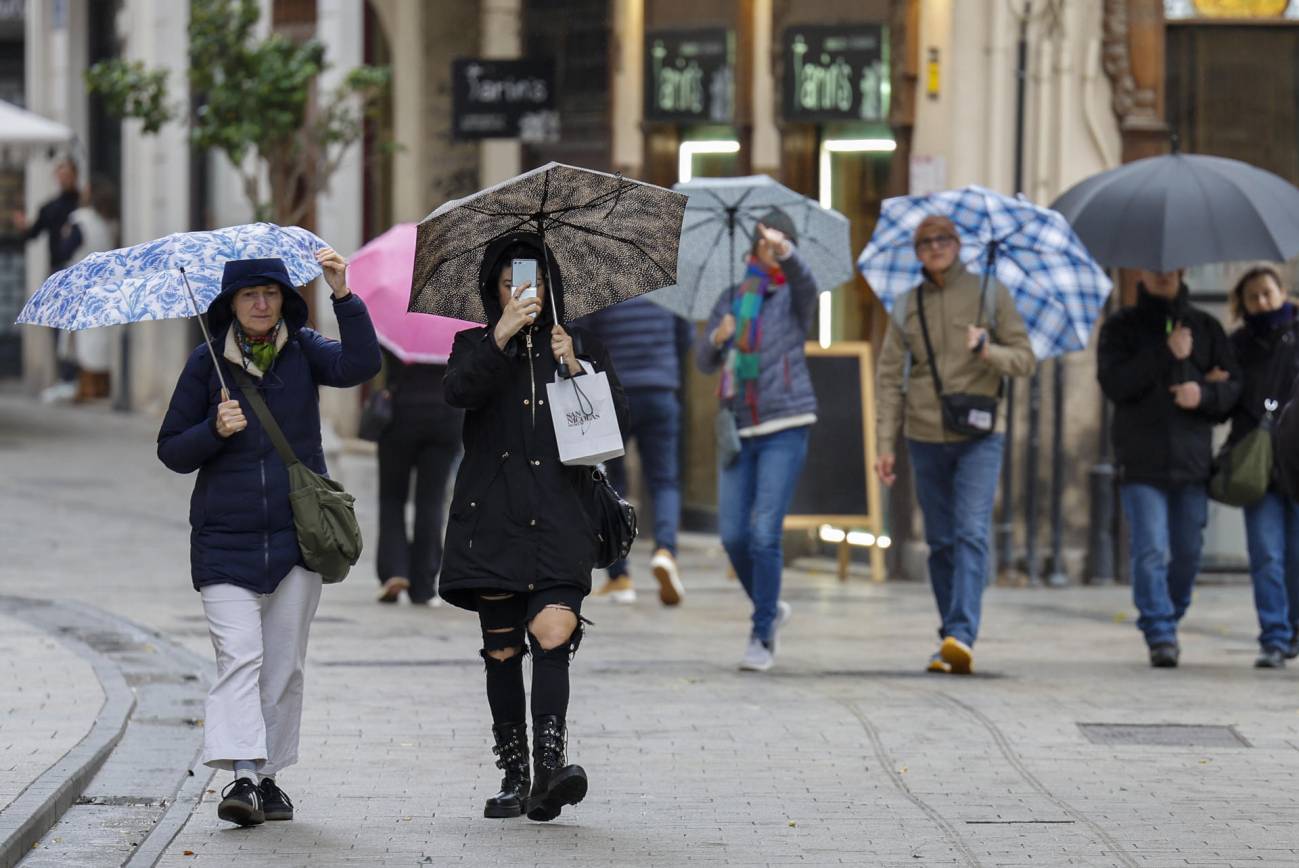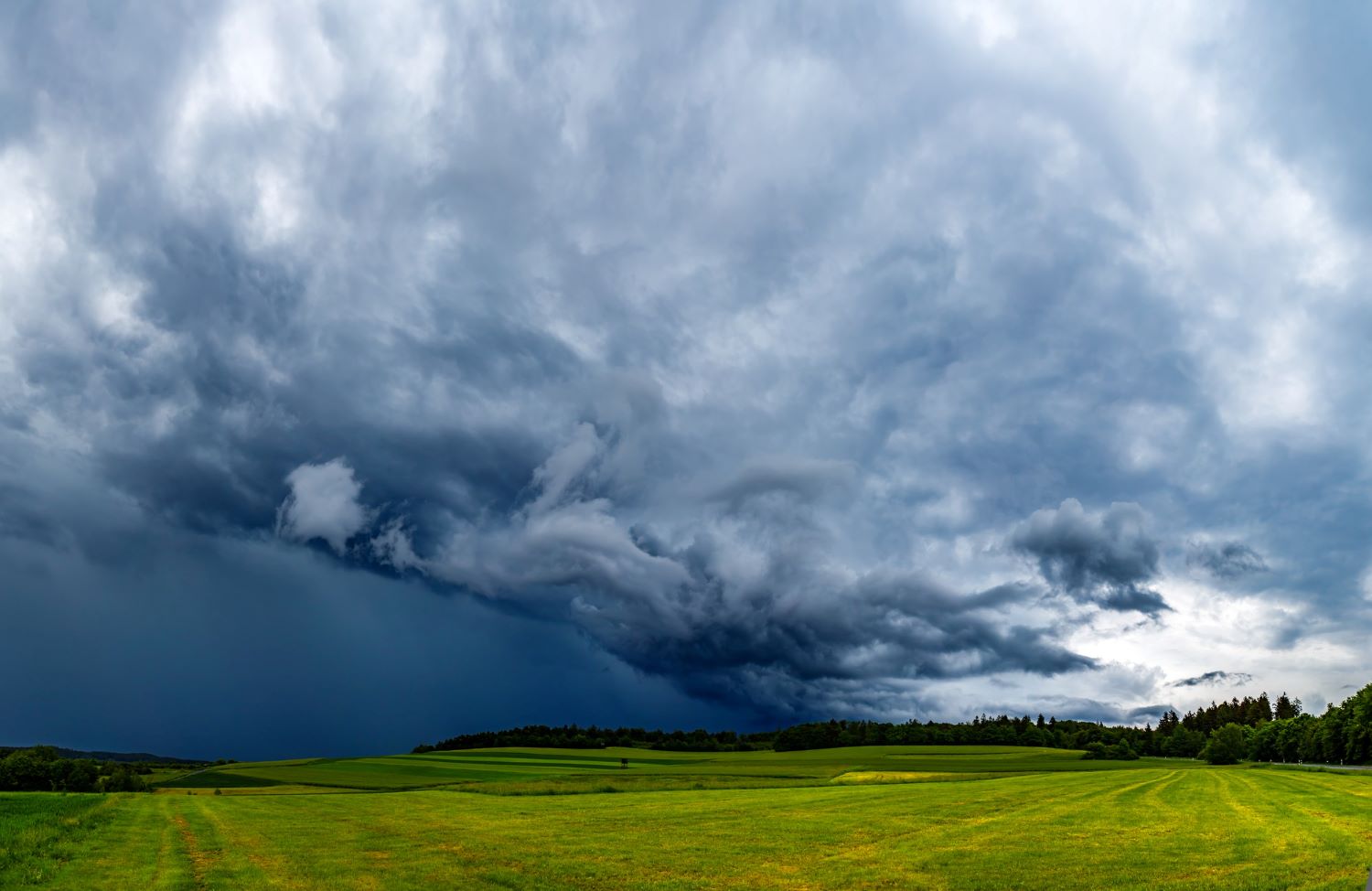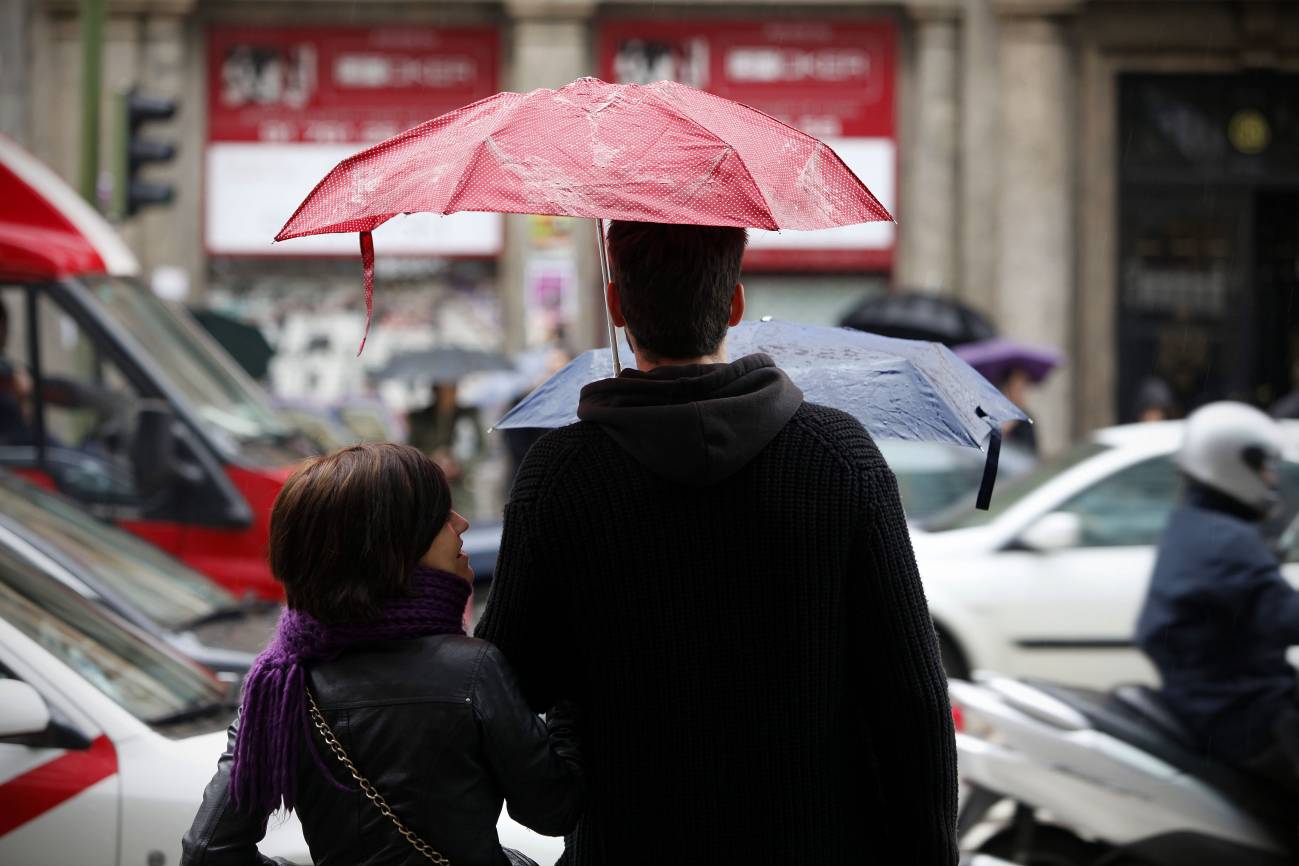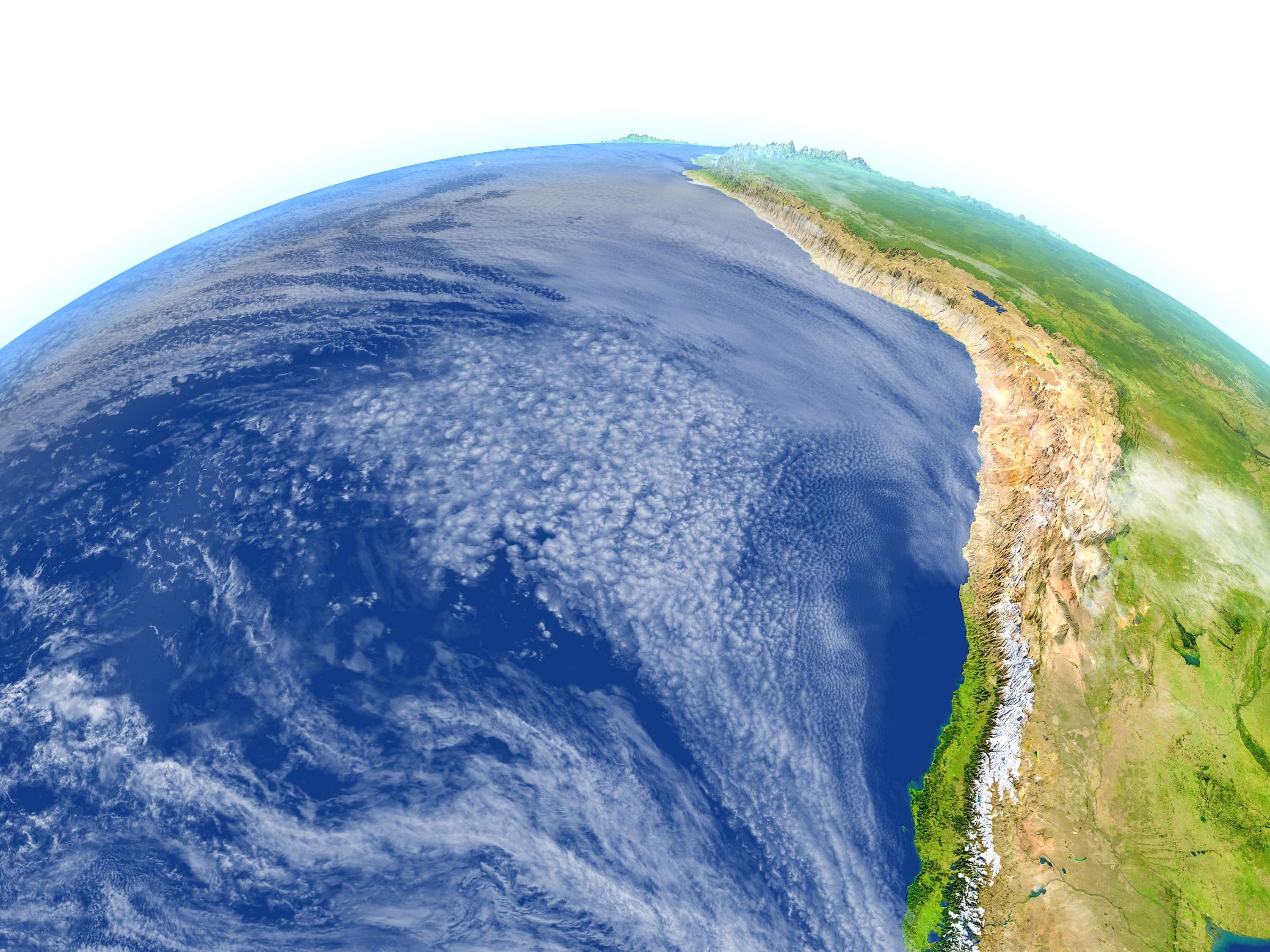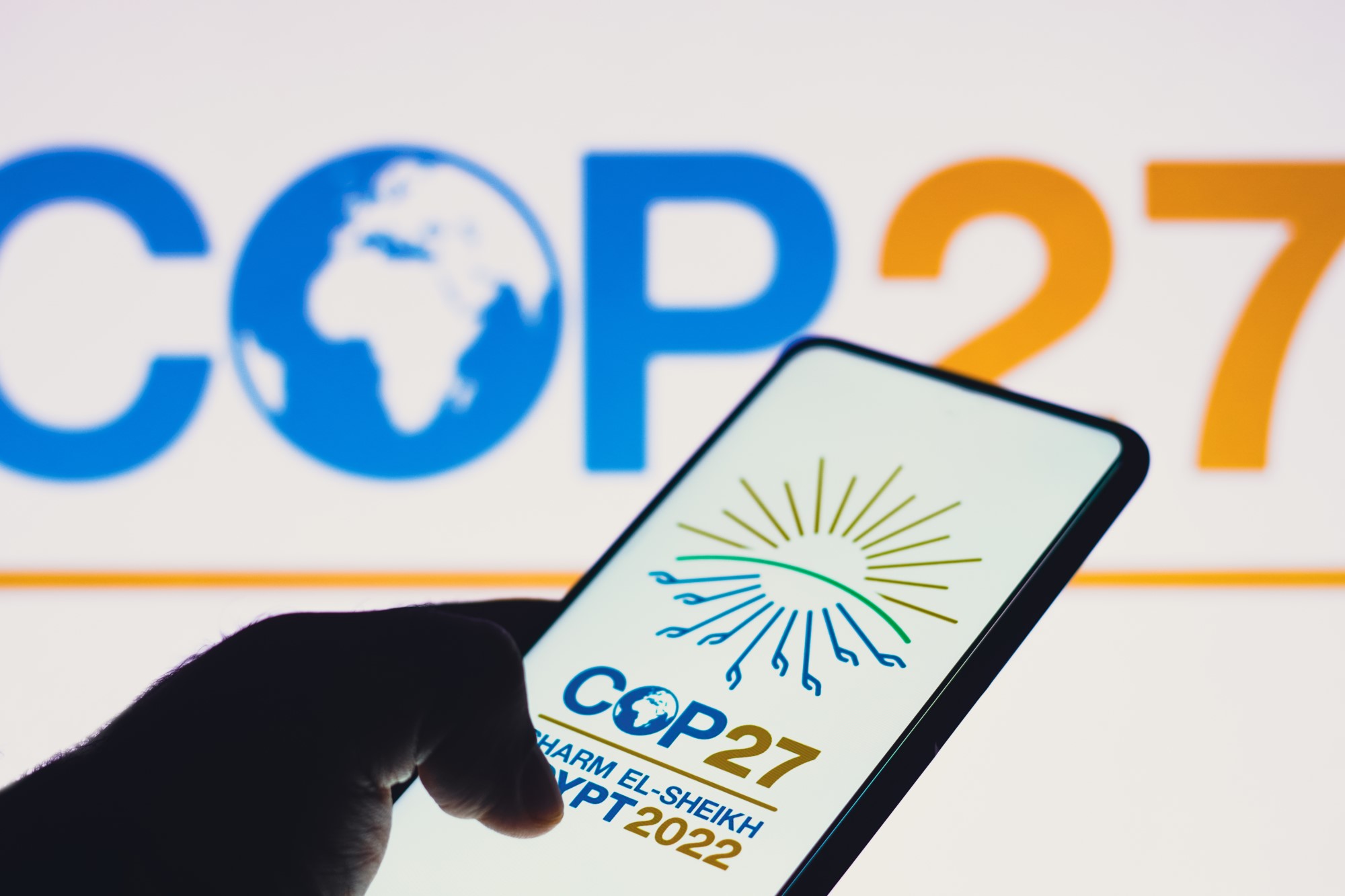Experiencing successive climate-related disasters is associated with greater mental health deterioration
Suffering climate change-related disasters is associated with a cumulative deterioration in mental health, meaning that the effects are exacerbated by successive events, according to an Australian study. The research, published in The Lancet Public Health, is based on longitudinal data from 2009 to 2019 on 5,000 people who suffered damage to their homes after at least one disaster (flood, wildfire, or cyclone).
